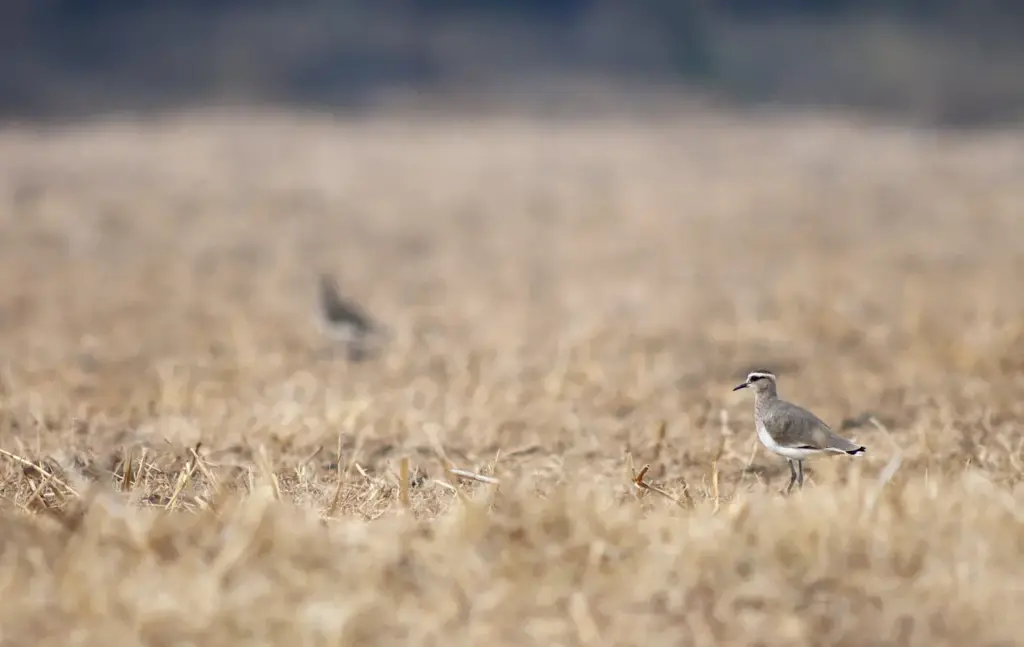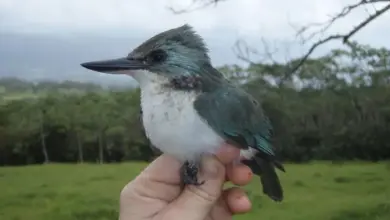The Sociable Lapwings or Sociable Plover (Vanellus gregarius) is a wader in the lapwing family of birds.

Distribution / Range
It breeds on open grassland in Russia and Kazakhstan. Three to five eggs are laid in a ground nest.
These birds migrate south through Kyrgyzstan, Tajikistan, Uzbekistan, Turkmenistan, Afghanistan, Armenia, Iran, Iraq, Saudi Arabia, Syria and Turkey, to key wintering sites in Israel, Syria, Eritrea, Sudan and north-west India. Birds winter occasionally in Pakistan, Sri Lanka and Oman.
This lapwing is a very rare vagrant in western Europe, where this gregarious bird is usually found with Northern Lapwings.

Diet / Feeding
Sociable Lapwings feeds in a similar way, picking insects and other small prey mainly from grassland or arable.
Description
This attractive medium-sized lapwing has longish black legs and a short black bill. Summer adults have grey backs and breast, dark belly and white undertail. The head has a striking pattern, with a black crown and eyestripe, the latter being bordered above and below with white. The upper neck is ochre. Its longish black legs, white tail with a black terminal band and distinctive brown, white and grey wings make it almost unmistakable in flight. The call is a harsh kereck.
Winter adults have a less distinct head pattern, slightly browner back and breast, and white belly. Young birds have a scaly back, and only vestiges of the head pattern.
Status
In 2004 BirdLife International categorised this bird as critically endangered, due to a rapid population decline for poorly understood reasons. The main decline took place between 1960 and 1987, when the known population halved; it is presently some 20-25% of the 1930s population levels (BirdLife International 2006). The current population was estimated to be between 600 and 1,800 mature birds in 2006 (BirdLife International), but is currently being revised to the upward ent of that scale, possibly more, following the discovery of the species’ previously unknown main wintering grounds in Syria, where 1500 birds of all ages were encountered. Additionally, in October of 2007, a superflock of approximately 3,200 Sociable Lapwing were discovered in Turkey, according to Guven Eken, director of the Turkish Nature Association.
The current IUCN classification is CR A3bc – meaning that the population is expected to decline in the next decade or so by 80%, but based on theoretical considerations and the known habitat destruction rather than direct observation of the birds. Thus, the new discoveries might mean that as more data becomes available, the species could be downlisted to Endangered.

References
- BirdLife International (2006). Vanellus gregarius. 2006 IUCN Red List of Threatened Species. IUCN 2006. Retrieved on 11 May 2006. Database entry includes a brief justification of why this species is critically endangered and the criteria used
- Hayman, Peter; Marchant, John and Prater, Tony (1986): Shorebirds: an identification guide to the waders of the world. Houghton Mifflin, Boston. ISBN 0-395-60237-8
Copyright: Wikipedia. This article and the lower photo to the right are licensed under the It uses material from Wikipedia.org … Additional information and photos added by Avianweb.
Please Note: The articles or images on this page are the sole property of the authors or photographers. Please contact them directly with respect to any copyright or licensing questions. Thank you.



